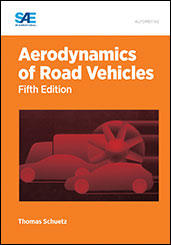Technical Paper
Integrated Chassis Control for Energy-Efficient Operation of a 2WD Battery-Electric Vehicle with In-Wheel Propulsion
2024-04-09
2024-01-2550
Battery-electric vehicles (BEVs) require new chassis components, which are realized as mechatronic systems mainly and support more and more by-wire functionality. Besides better controllability, it eases the implementation of integrated control strategies to combine different domains of vehicle dynamics. Especially powertrain layouts based on electric in-wheel machines (IWMs) require such an integrated approach to unfold their full potential. The present study describes an integrated, longitudinal vehicle dynamics control strategy for a battery electric sport utility vehicle (SUV) with an electric rear axle based on in-wheel propulsion. Especially the influence of electronic brake force distribution (EBD) and torque blending control on the overall performance are discussed and demonstrated through experiments and driving cycles on public road and benchmarked to results of previous studies derived from [1].

